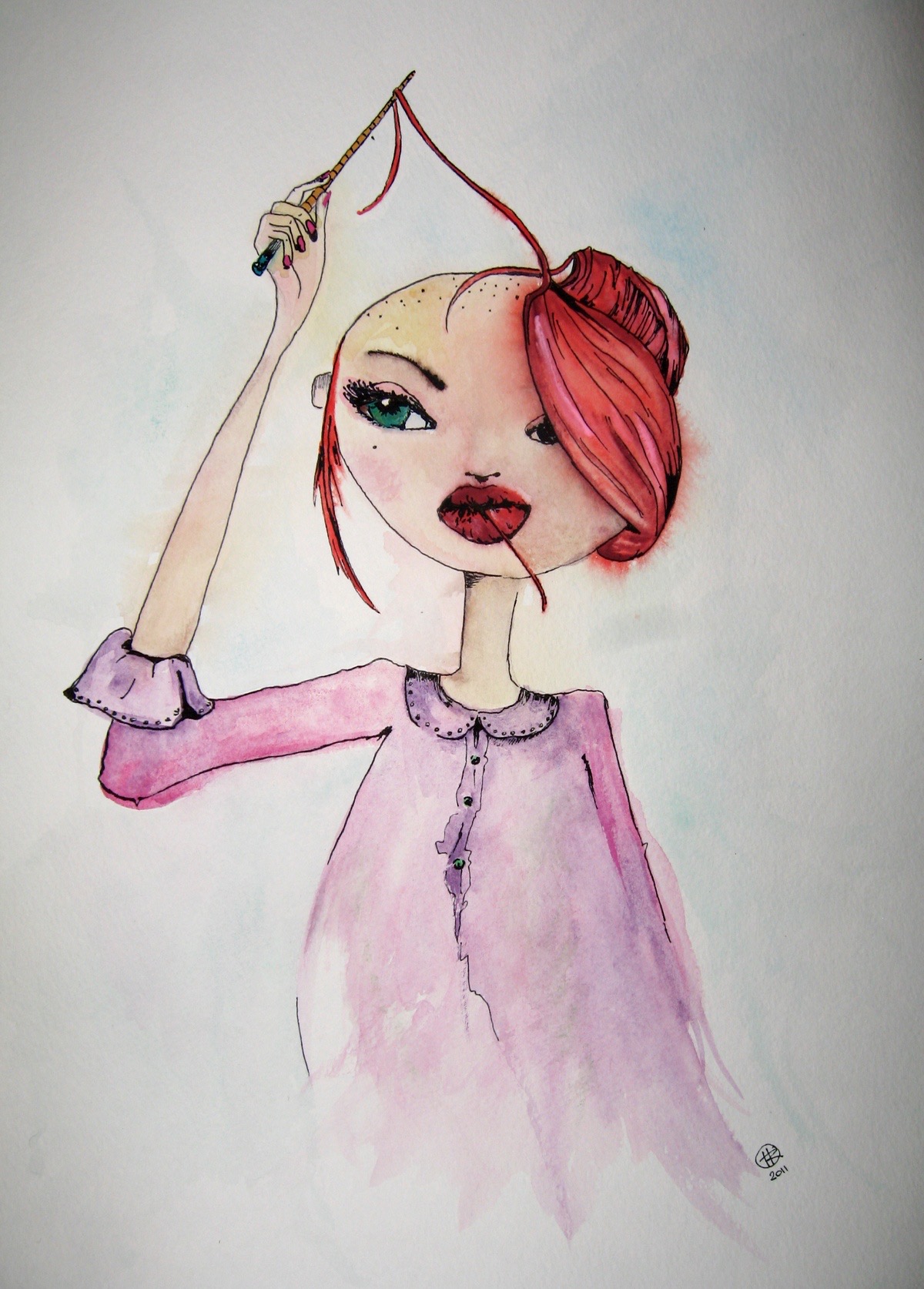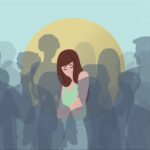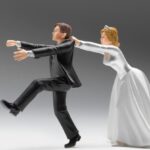What is ‘Trichophagia?’

Most of us have little quirks—twirling our hair when we’re nervous, chewing the ends absentmindedly, or brushing it back in repetitive ways. But for some individuals, these behaviors go far beyond simple habits. They cross into a lesser-known mental health condition called trichophagia—a compulsion to eat hair.
What Is Trichophagia?
Trichophagia is a psychological condition in which a person compulsively eats hair. It often follows trichotillomania, which is the repeated act of pulling out one’s hair from the scalp, eyebrows, eyelashes, or other parts of the body. Some people may chew the hair, others swallow it—sometimes without realizing it.
Although it might sound unusual or even unbelievable, this condition is real and serious. When left untreated, trichophagia can lead to dangerous physical consequences, such as the development of trichobezoars—compact masses of undigested hair in the stomach.
What Causes It?
The exact cause of trichophagia isn’t fully understood, but it’s often linked to underlying psychological or emotional distress. For many, hair pulling and hair eating become a way to cope with anxiety, boredom, loneliness, or trauma.
Some common contributing factors include:
- Stress or anxiety disorders
- Obsessive-compulsive traits
- Low self-esteem
- History of trauma or neglect
- Boredom or sensory-seeking behavior
In children and adolescents, trichophagia may also be a silent cry for help—an outward expression of inner turmoil they might not be able to verbalize.
When It Becomes Dangerous
One of the most serious risks of trichophagia is the formation of trichobezoars. Hair is not digestible, so when swallowed repeatedly, it accumulates in the stomach and forms a dense mass.
This can lead to:
- Abdominal pain or bloating
- Vomiting and constipation
- Ulcers or gastrointestinal bleeding
- Weight loss or malnutrition
- Life-threatening obstructions
In extreme cases, the hairball can extend into the intestines—a rare condition known as Rapunzel Syndrome, which may require surgical removal.
How Is It Diagnosed?
Diagnosis usually starts with a mental health evaluation. A clinician might ask about grooming habits, emotional states, and triggers. If physical symptoms are present (like stomach pain or vomiting), imaging tests like ultrasound, CT scan, or endoscopy may be used to detect trichobezoars.
Often, individuals feel embarrassed or ashamed to admit to eating hair, which delays diagnosis. That’s why non-judgmental, supportive conversations are essential in both clinical settings and at home.
Treatment and Support
The good news is—trichophagia is treatable. The approach depends on the severity and whether there are physical complications. Here’s how it’s typically addressed:
1. Psychotherapy
- Cognitive Behavioral Therapy (CBT) is often the first line of treatment. It helps identify and change unhelpful thought patterns and behaviors.
- Habit Reversal Training (HRT) teaches individuals to recognize urges and replace them with healthier coping mechanisms.
- Dialectical Behavior Therapy (DBT) is useful for emotional regulation and distress tolerance.
2. Medication
- SSRIs (like fluoxetine or sertraline) may be prescribed if the behavior is linked to depression or OCD, although results vary.
3. Medical Intervention
- If a hairball forms, surgical removal might be necessary, followed by psychological treatment to prevent recurrence.
4. Family and Psychoeducation
- Family therapy can help create a supportive environment and improve understanding, especially in younger individuals.
Creating a Safe Space
Trichophagia can feel isolating, but those who experience it are not alone. Like many mental health conditions, it thrives in silence and shame—but healing begins with awareness, acceptance, and access to help.
If you or someone you know is struggling with hair-pulling or hair-eating behaviors, reach out. There is no shame in seeking support, and the sooner it’s addressed, the easier it becomes to manage.



Comments (0)